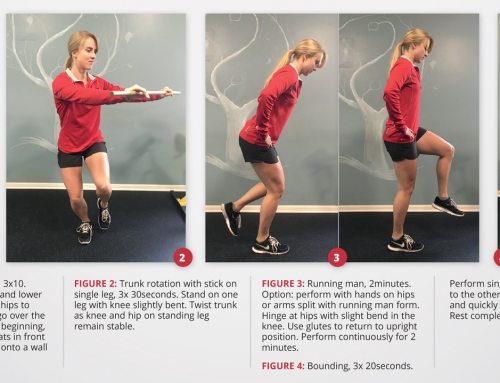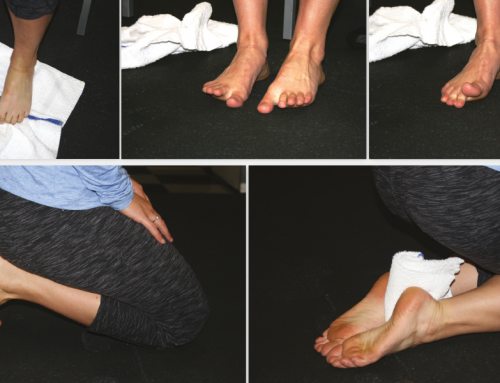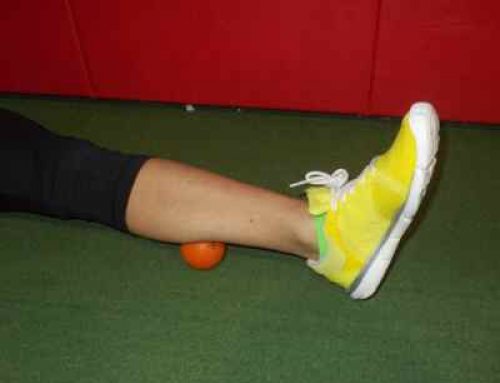By Christina Vorobej, MD
Most runners, whether they run competitively or simply for the sake of exercise, are always striving to improve their times. Making incremental improvements isn’t as easy as lacing up the sneakers and hoping for the best; lopping seconds off demands a comprehensive and long-term commitment.
Runners who push too hard to beat their personal bests without a solid game plan often find themselves sidelined with injuries – which is the exact opposite result they were hoping for. However, taking the time to augment training with additional exercises and strategic techniques can allow an avid runner to post a faster time, no matter their distance preference.
Christina Vorobej, MD, of Sports Medicine & Injury Care has offered the six tips below to help runners safely improve their running times.
1 | START STRENGTH TRAINING
Vorobej believes following a strength training regimen is the most important tip of the six. Why? Because there’s a big difference between the core and the “runner’s core.” While core strength obviously includes the abdominal and back muscles, for runners it also involves the quadriceps and the gluteus muscles. A strong runner’s core will support proper biomechanics, which helps runners avoid injury. Runners should set aside time for strength training three times a week, especially when preparing for an event.
2 | ADD PLYOMETRICS
Jump into plyometrics only after you’ve started strength training. Plyometrics builds up the elastic strength of your muscles, which teaches your body how to move from an extension to a contraction in an explosive manner. The ultimate goal is to increase speed and power. Aim for once a week, and not on the same day as strength training. Examples of plyometrics are squat jumps and power skips.
3 | VARY INTENSITY OF RUNS
To improve running fitness and efficiency, the volume and the intensity of running within a given week must be considered. Runners should alternate difficult and easy runs. For instance, a runner can complete three hard runs in a week, and alternate those with easier, slower runs. A “hard run” could include a short period of sprinting, or a longer run of moderate intensity. Many runners use the weekends for their lengthier endurance runs.
4 | MAINTAIN CONSISTENCY
Spring is often a tough time for many runners since they’re less active during the winter. The goal for runners should be to complete cardiovascular exercise year-round through cross-training. Swimming or cycling ensures that runners aren’t starting completely over, and that they’re building on the previous year’s fitness level. Taking time off for recovery is fine—especially after an event—but not for months at a time.
5 | BOOST YOUR RATE OF STRIDE
The rate of stride is the number of steps taken in one minute. A runner’s goal should be 180. Increasing stride rate decreases the amount of time a runner’s feet are on the ground, as well as their upward momentum. Ultimately, a faster gait and a shorter stride will take a runner further, and with less wasted energy. Methods to help raise stride rates include listening to music set to a certain beat, or utilizing a metronome app.
6 | INCORPORATE HILLS
While some runners prefer the flatter terrain that a track provides, there are distinct benefits to running uphill and downhill. As long as a runner’s joints will tolerate it, running hilly routes will help lengthen and strengthen tendons. With hills, there’s no need to overdo it; once a week is enough.
For more information on how to improve your running time without injuries call 704-512-3995 or visit CarolinasHealthCare.Org/Sports to schedule an appointment with one of our experts at Sports Medicine & Injury Care.






